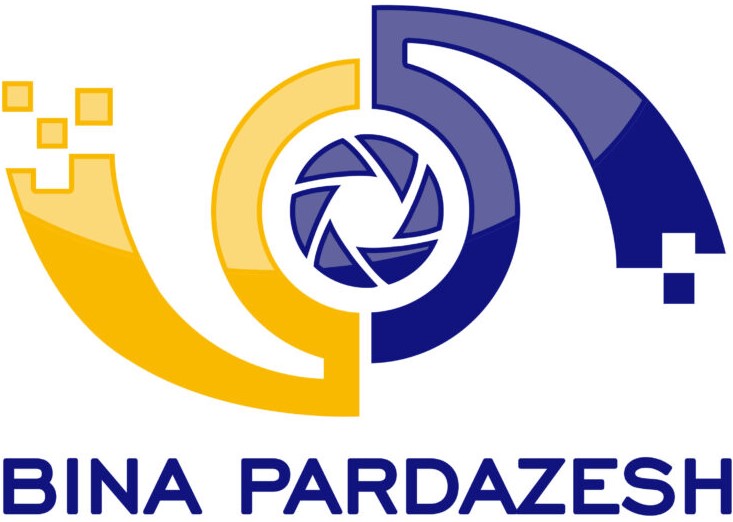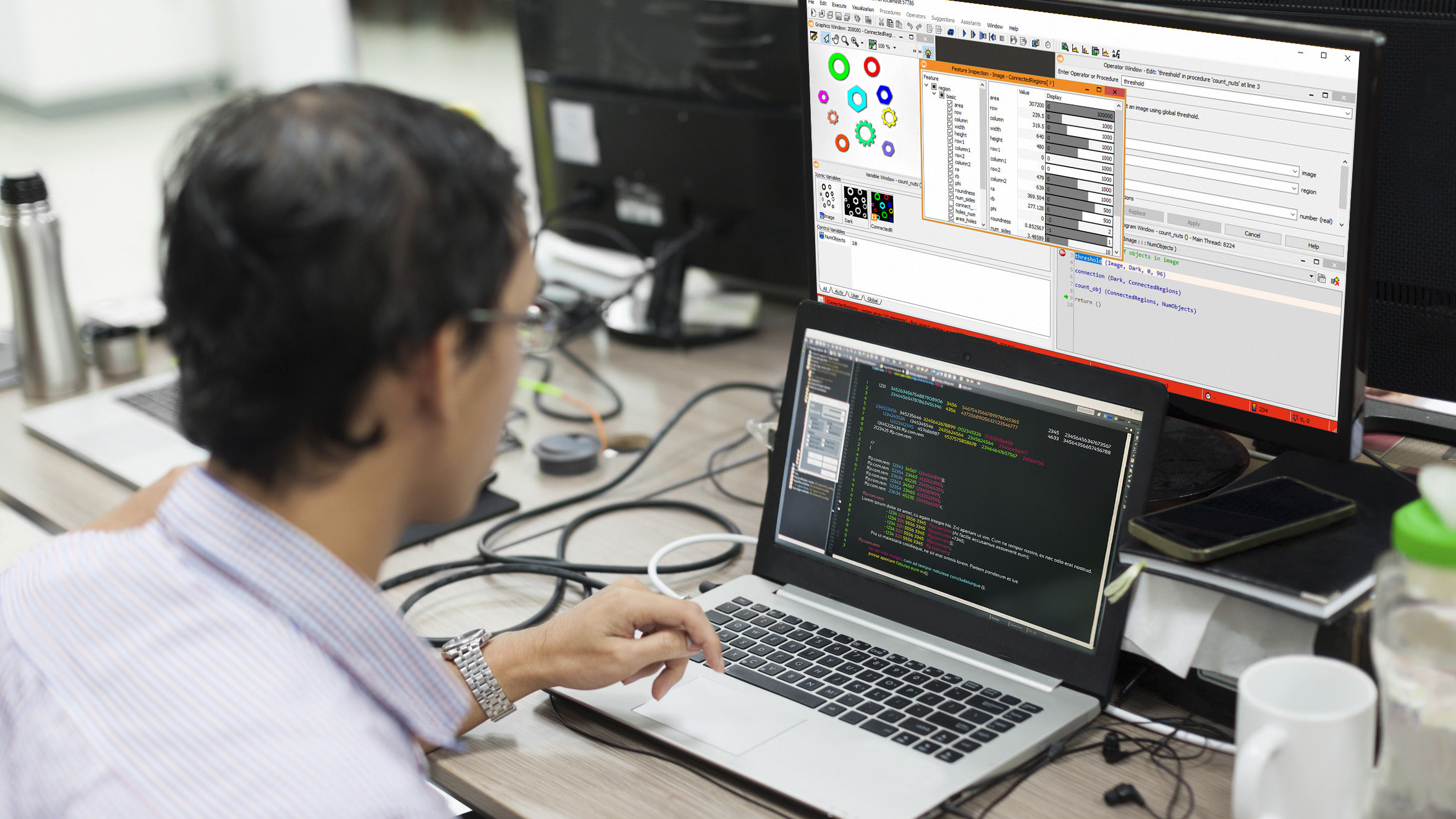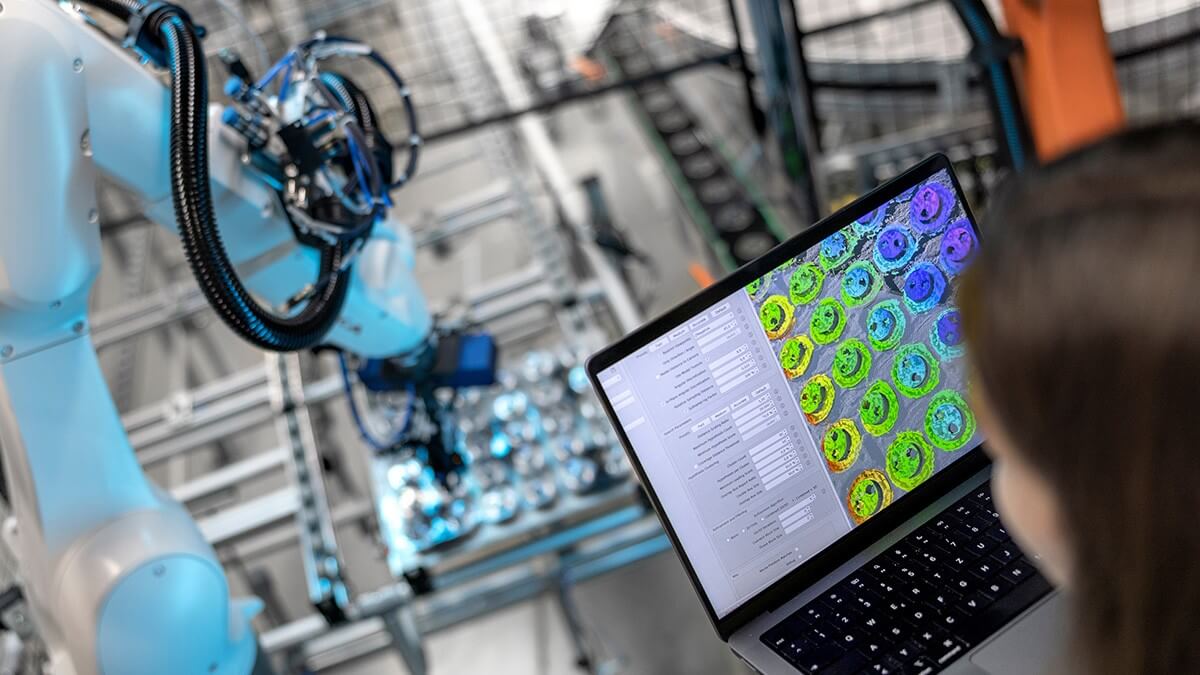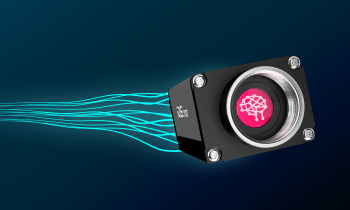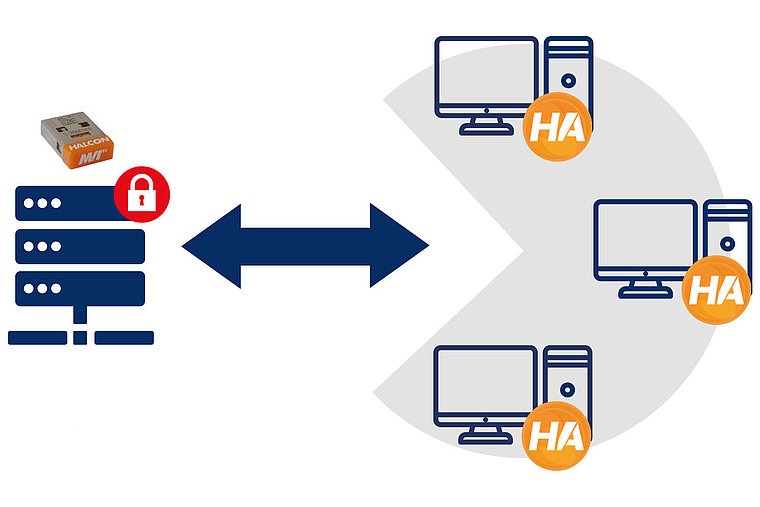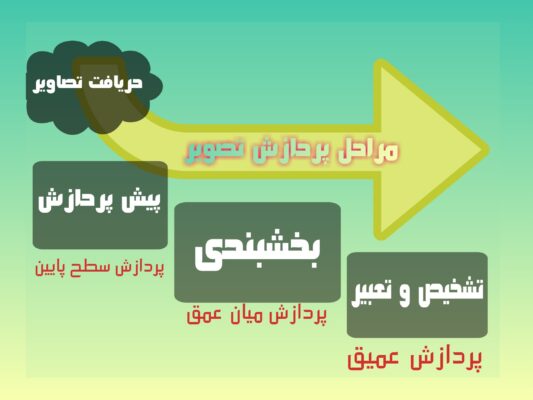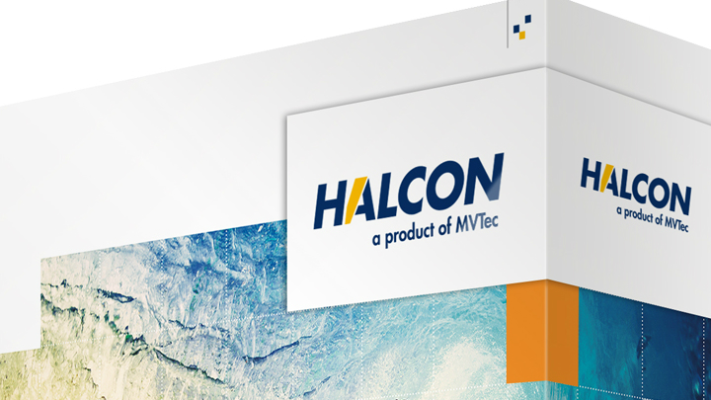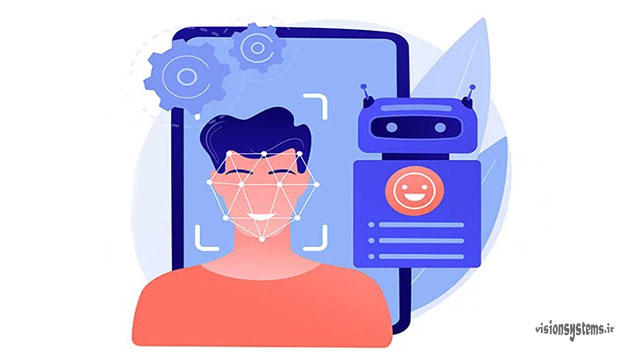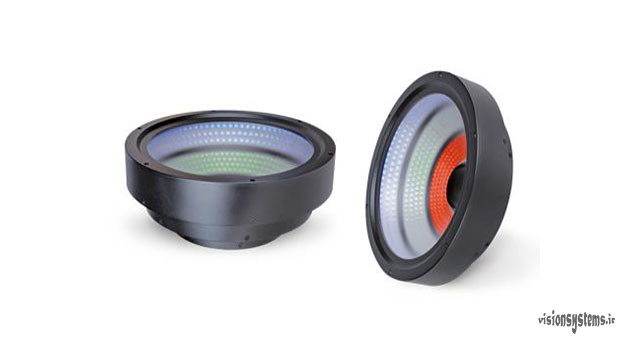We live in a world of movement and change, and wherever humans need to record events, phenomena, or automate activities, there is a footprint of image processing. From quality control in factory product manufacturing to the production of self-driving cars and airplanes in the industry; from various medical imaging techniques inside the body to satellite images showing changes in Earth’s coverage over decades; from analyzing information from detectors in the world of atoms to images captured by the Hubble telescope millions of years ago, everything falls within the realm of image processing.

The Hubble Space Telescope captures images in black and white, and image processing is used to add color to the photos.
What is Image Processing?
Image processing is a relatively new field, with its history dating back to the invention of computers. This nascent science has made significant advancements in recent decades. Image processing methods fall into two main areas:
- Improving image quality for human perception
- Image processing for machine understanding
In summary, image processing can be defined as using computer algorithms to enhance images or interpret them by machines.
Key Stages of Processing
In summary, image processing involves the following stages in most applications:
- Acquiring the image as input: In the first stage, the input image is obtained using tools such as cameras, optical scanners, or digital sensors.
- Pre-processing: The main goal of pre-processing is to improve the image using techniques that enhance the success of subsequent processes. Pre-processing includes noise removal, contrast enhancement, and more. In the image below, a filter is used for noise reduction.
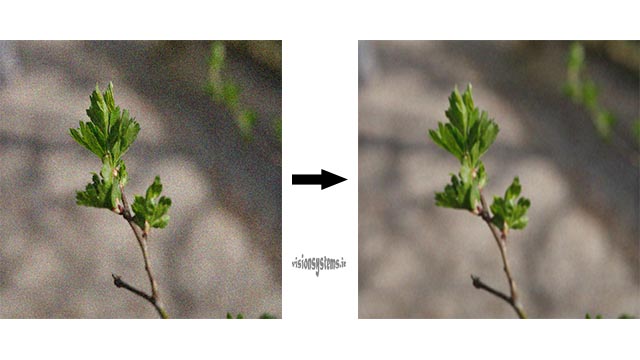
- Image processing: This stage involves segmenting the image into boundaries or regions. Edge representation is useful when external features of an object, such as corners or curves, are essential. Region-based representation is used when internal features, such as texture or bone structure, are of interest. In this stage, regions with desired features are separated using descriptors.
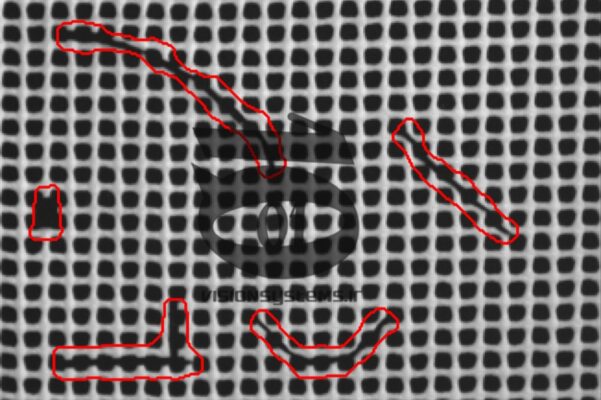 In the above image, texture features are of interest, and region-based segmentation has been used.
In the above image, texture features are of interest, and region-based segmentation has been used. - Detection and interpretation stage: In this stage, based on information from descriptors, various parts are labeled, or for a set of objects, meaningful interpretations are considered. The image below shows the stages of image processing.
Levels of Image Processing
In various scientific and industrial fields, different levels of image processing are performed; low-level processing involves basic processes such as noise removal, filtering, contrast adjustment, and more. At the mid-level, the output of processing includes features of objects such as edges, contours, and object detection. At the deep level, image processing involves understanding the relationship between objects and interpreting the scene and detections that the human visual system performs.
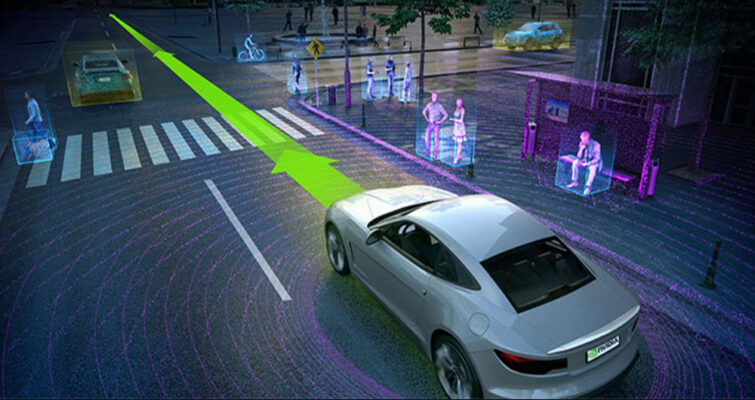
In the above image, a deep image processing system can detect people and surrounding cars.
Image Processing in Machine Learning and Deep Learning
Machine learning is a branch of artificial intelligence, and intelligence can be defined as a system’s ability to respond to unfamiliar situations. Currently, companies use artificial intelligence to improve the efficiency of processes, automate tasks, and predict future business based on data. Since this technology is essentially a data processing system, it is applicable in all industries for process optimization.
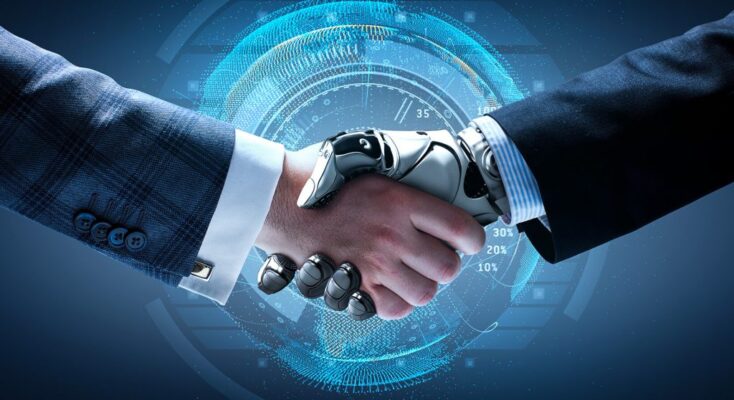
Companies use artificial intelligence to improve the efficiency of processes and automate tasks.
Machine Learning
Machine learning essentially means computer learning; algorithms detect patterns in existing data and predict results after receiving new information.
Deep Learning Machine
Deep learning is a complex evolution of machine learning algorithms. Deep learning interprets data with a logical structure similar to human reasoning.
To achieve the goal of deep learning, we use algorithms with a layered structure called Artificial Neural Network (ANN). The figure below shows a symbol of the layers of a neural network.
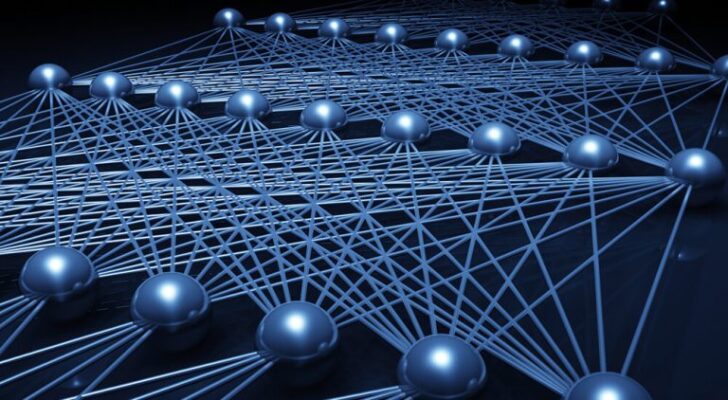
An Example of Deep Learning Application
Imagine Tesla using deep learning to detect STOP signs in self-driving cars.
In the first stage, the neural network automatically identifies features related to the sign, known as features. These features may be specific structures in the image, such as edges or objects. The next layer learns how to distinguish colors, and the third layer identifies more complex shapes in object recognition. Finally, deep learning algorithms identify their errors based on descriptive data received as input and examine whether the predictions they made were correct or need improvement.
As mentioned in the above example, deep learning enables automatic image processing.
Computer Vision in Image Processing
When we perform an image processing project with the aim of understanding the content of the image using a computer, we essentially use computer vision. Computer vision is a set of actions designed to create an understanding of image content for computers.
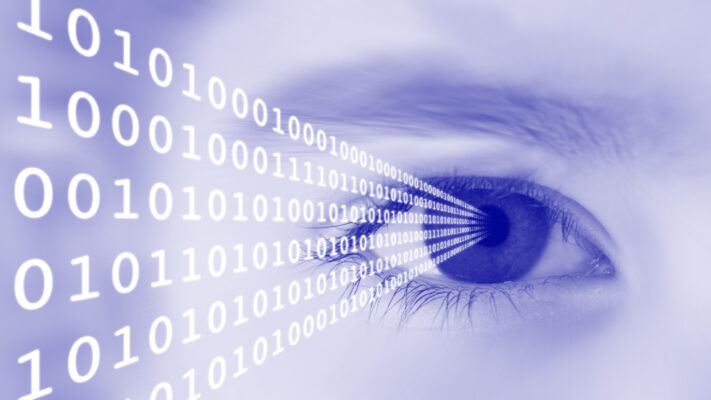
Assigning the concept of vision to computers emerges from using them to understand and interpret images.
For a long time, search engines used the descriptions users wrote during image uploads to find images. However, nowadays, thanks to computer vision technology and image processing, search engines can find images based on their actual content.
Image Processing in Machine Vision
Machine vision refers to using computer vision technologies to solve real-world problems in industries. Unlike computer vision, which focuses on image processing and content understanding, machine vision integrates cameras and sensors with input and output devices and computer networks. Therefore, machine vision encompasses computer science, optics, mechanical engineering, industrial automation, and more.
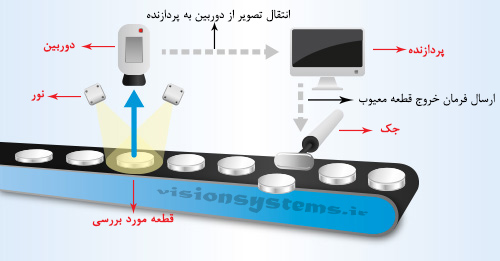
Read about 10 golden tips for designing machine vision systems in this article.
Applications of Industrial Image Processing
Machine vision systems in Iran, known as industrial image processing, generally have major applications in four main areas:
1. Guidance
Guiding components through machine vision has various applications in the industry. In most cases, it involves placing a specific part and ensuring its correct placement. Using machine vision can perform this process with minimal errors. Moreover, machine vision techniques can be used to determine the location and orientation of a specific part, providing this information to robots or control machines.
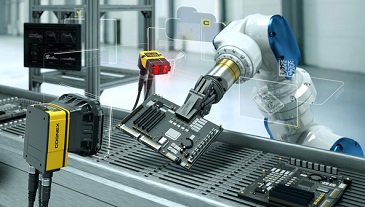
2. Identification
Machine vision techniques used in identification applications mostly include reading barcodes and data matrix codes to identify and categorize various products. This minimizes errors in the production and packaging stages. Using machine vision technology can increase efficiency in the production line.

3. Gauging
Another advantage of using machine vision in the production process is the ability to measure dimensions. In this application, a fixed camera is embedded at the top of the production line. The camera can detect two or more points on the products. If the distance between these points differs from the allowable sizes, the product is removed from the production line. The image below illustrates the use of image processing in measuring the distance between fan blades.
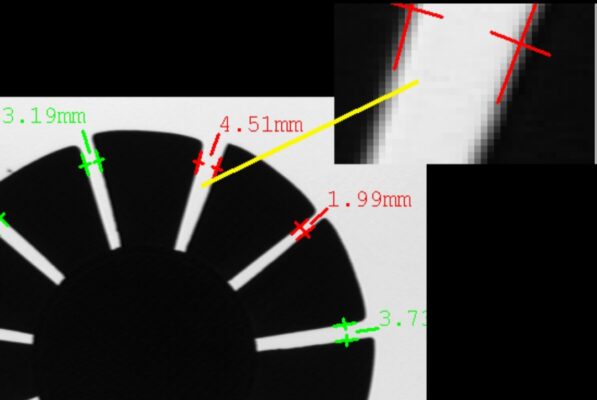
4. Inspection and Defect Detection
Machine vision is primarily used for defect detection in the production line, offering great flexibility in detecting a large number of objects in various industries. Defect detection in tile and ceramic production, faults in pharmaceutical packaging, inspection of agricultural products, and detecting spoiled products are examples of these applications. In defect detection, machine vision is much faster and more accurate than manual inspection processes.
In the image below, defect detection on a bottle cap is demonstrated using image processing.
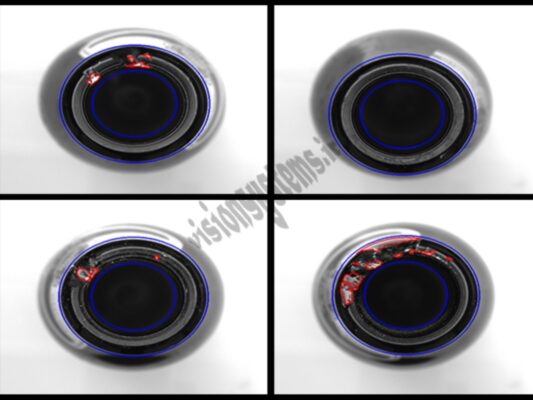
Read about 7 important applications of image processing in machine vision in this article.
Industrial Image Processing Software
MVTec’s HALCON is the best image processing software in machine vision, featuring the latest image processing algorithms such as machine learning and 3D processing, easily implemented in it.
MVTec Software GmbH is one of the international pioneers in producing software for machine vision. MVTec’s products are used in a wide range of application programs, including industry, semiconductors, surface inspection, quality control, metrology, medical technology, and safety. In particular, MVTec HALCON software provides new automation solutions for the industry. MVTec HALCON is the comprehensive standard software for machine vision with an integrated development environment (HDevelop) that is used worldwide.
Read this article for more information on the environment and capabilities of HALCON software. If you are interested in comprehensive machine vision training with HALCON software, the Vision System team has made the path very easy for you.
Applications of Image Processing
As mentioned, image processing has extensive applications in various scientific, research, industrial, and other fields. Here you can see forty applications of HALCON software in image processing and machine vision.
Medical
One very important area where image processing systems play a significant role is the field of medicine. Machine vision, using data obtained from microscopic images, X-ray images, computed tomography (CT scan) images, magnetic resonance imaging (MRI) images, and angiography images, extracts information for disease diagnosis, greatly assisting physicians in the rapid treatment of diseases.
In this image, the application of image processing in detecting blocked veins in angiography is visible.
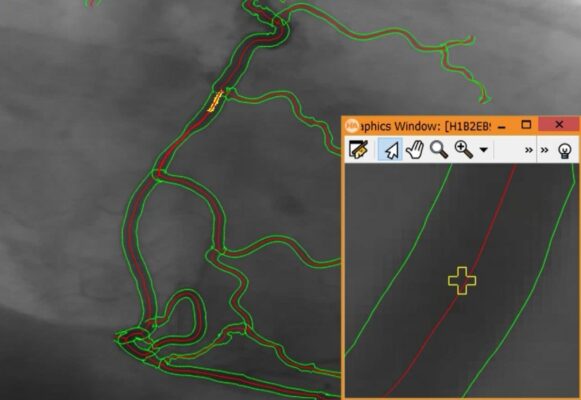
Detection of bone fractures, localization of brain tumors and cancerous glands, and diagnosis of respiratory and cardiac diseases are some examples of the applications of image processing in medical science.
Urban Planning and Traffic Control
Comparing city images over the years allows us to observe changes in the urban landscape.
Additionally, using road cameras and license plate recognition, it is possible to reduce driving violations to an acceptable level. By counting the number of vehicles and identifying their directions, the level of traffic in each area can be estimated.
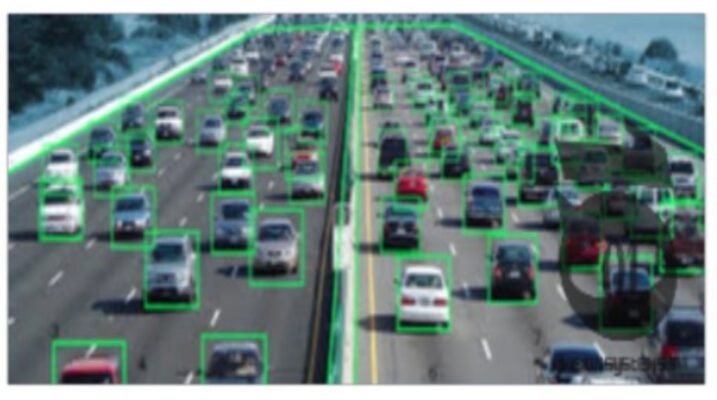
Automotive Industry and Military Sector
In the modern era, with the introduction of self-driving cars, drones, and unmanned helicopters, we are witnessing advancements in science and technology in this modern and innovative industry.
These unmanned vehicles, operating independently without a driver or pilot, utilize machine vision to detect obstacles and navigate their surroundings. In the military sector, along with the presence of combat drones and helicopters, image processing can be used to precisely determine the launch location of bombs and missiles.
Industry
In a factory performing tasks such as production and packaging of products, manual counting of goods, measuring product quantities visually, and detecting defective items can be very challenging. However, with the implementation of image processing, these operations can be performed in less time and with greater speed.
Security
Image processing is widely used in security tools such as surveillance cameras, biometric face recognition systems, and in unmanned drones and helicopters.
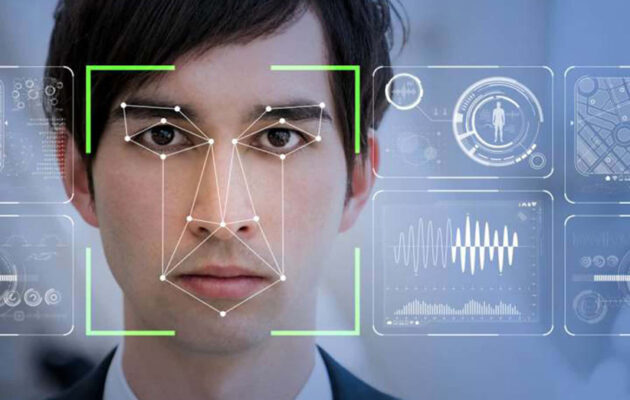
One of these security applications is face recognition.
Aerial and Satellite Applications
Data and information obtained from satellite image processing have various applications in agriculture, meteorology, and mapping. In the image below, image processing is used for road identification.
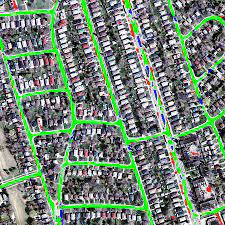
Photography
With the help of image processing in photography, it is possible to enhance old photos and edit and upgrade the quality of images.

Social Networks
Image processing is used to analyze the content of images, which is a very practical issue for many people, including marketers. Image recognition tools perform image searches on various social networks, providing customers with many advantages.
Image Search Engines
Image processing technology is used in image search engines to provide the best results for visual image searches. For example, Google and Bing are two old image search engines that utilize this technology at a high level.

Gaming Industry
Image detection and recognition are important technologies that have brought about significant changes in the gaming industry. For example, in current developments, advanced image recognition technology allows gamers to use their real-world location as a virtual battlefield for immersive adventures.
Related Articles
